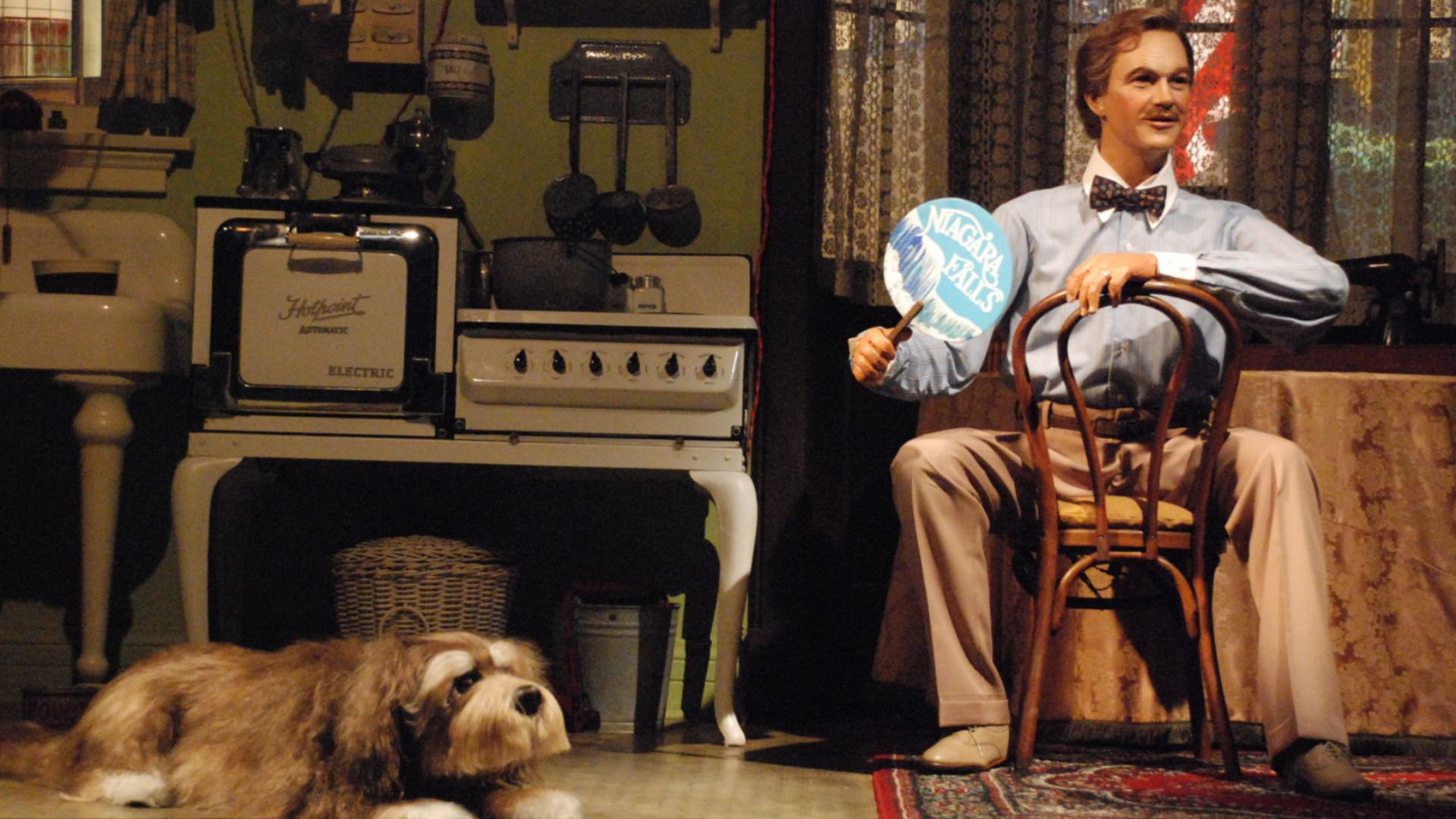The History Of La Bise: Why The French Greet With A Cheek Kiss
 Dati Bendo / European Union, 2025 on WikimediaMost of us associate the French kiss with the slightly too risque for public open-mouthed tongue kiss, but the real French kiss should be "la bise," the quintessentially French cheek kiss. It's how they greet friends and family in France, but when do people actually do it, where did the tradition come from, and why is it so French? Here's everything you need to know about "la bise" so you can look like a true Parisian next time you go there.
Dati Bendo / European Union, 2025 on WikimediaMost of us associate the French kiss with the slightly too risque for public open-mouthed tongue kiss, but the real French kiss should be "la bise," the quintessentially French cheek kiss. It's how they greet friends and family in France, but when do people actually do it, where did the tradition come from, and why is it so French? Here's everything you need to know about "la bise" so you can look like a true Parisian next time you go there.
What is "la bise"
"Bise" means kiss in French, but "la bise" isn't an actual kiss. It entails touching cheeks while making a kissing sound in the air. Far from just a stereotype, "la bise" is very much used in France, but it's full of nuances to be aware of. In Paris and many other cities, they give two kisses (one kiss on each cheek), in Brittany, they only give one kiss, in the South of France, it's typical to give three, and four kisses is customary in the North. The cheek you start with is another factor to consider that changes according to the region. It's most common to start on the right cheek, especially in Paris and northern regions, but in the southeast, they start with the left. French people use "la bise" when saying hello and goodbye to friends, family, and sometimes colleagues. Men don't typically use it to greet other men unless they're very close friends or family. "La bise" is deeply ingrained in French culture, and while the rules are complex, they are becoming more flexible. What's more, foreign influence has caused an increasing number of young people to opt out of the tradition, favoring a hug or handshake instead.
History of "la bise"
 William-Adolphe Bouguereau on Wikimedia
William-Adolphe Bouguereau on Wikimedia
"La bise" is an ancient custom with Roman origins. It was a common greeting in the Middle Ages between Lords and vassals as a sign of loyalty, but it fell out of favor in the 14th century with the outbreak of the Black Death. Again, in the Victorian era, public displays of affection were seen as vulgar, so people largely stopped kissing each other's cheeks. However, in May 1968, it made a major comeback after protests and strikes challenging French social codes led to a relaxation of rigid conventions. The practice became common among young people in the 1970s who used it to break down barriers and create warmth and connection with their peers.
When not to do it
"La bise" is a part of most French social interactions, even between children, but there are some situations when it wouldn't be appropriate, for example:
- Two men who aren't very close
- People who are sick or worried about getting sick
- Non-coworkers in a professional setting who are just meeting for the first time (like a client)
- With someone in a position of authority in a professional setting (like your boss)
- With someone you don't know who has come to fix something in your home (like a plumber)
In all cases, when it's appropriate to give "la bise" requires observing the environment. While there are many rules to keep track of regarding this custom, there are also several exceptions. When in doubt, it's always a safe option to default to a handshake or a friendly nod.







